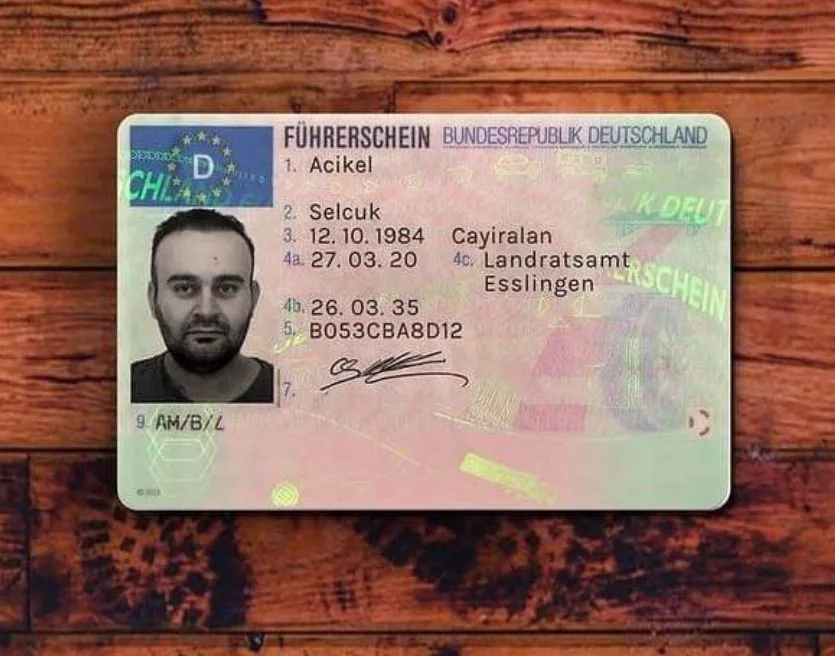Five Tools That Everyone Within The Acquire A Driving License Industry Should Be Using

The Ultimate Guide to Acquiring Your Driving License
Getting a driving license is a rite of passage for numerous individuals worldwide. It represents independence, duty, and the capability to browse the world by yourself terms. Whether you are a teen excited to hit the roadway or an adult seeking to embrace new chances, understanding the procedure of obtaining a driving license is vital. This short article intends to guide you through the needed actions and considerations for acquiring your driving license.
Step 1: Understand the Requirements
The requirements for acquiring a driving license can vary significantly from one region to another. visit the next post with your local Department of Motor Vehicles (DMV) or comparable authority's regulations. Generally, requirements might include:
Age: Most locations require you to be a minimum of 16 years old to get a student's license and 18 to obtain a full license.
Recognition: A government-issued ID or birth certificate is generally required to show your identity and age.
Residency: You might need to provide evidence of residency in the jurisdiction where you are applying.
Vision Test: A standard vision test is frequently needed to guarantee you can see well enough to drive securely.

Step 2: Obtain a Learner's Permit
Before you can acquire a complete driving license, you will normally need to begin with a learner's license. This enables you to practice driving under specific constraints, generally while being monitored by a certified grownup. The steps to obtain a learner's permit normally consist of:
Pass a Written Test: Many places need you to take a written or computer-based test covering the guidelines of the road and traffic signs. Studying your state's driver's handbook can be incredibly handy in preparing for this exam.
Application Fees: Be ready to pay a little application cost to get your learner's authorization.
Get Supervised Driving Hours: There may be a minimum number of practice hours you need to log with a licensed driver, usually varying from 20 to 50 hours.
Action 3: Enroll in Driver Education
Though not always necessary, enrolling in a driver education course can be highly advantageous. These courses generally cover:
Theory Lessons: Understanding traffic laws, safe driving practices, and how to manage different driving scenarios.
Behind-the-Wheel Training: Practical driving sessions with a qualified instructor, which can assist construct your self-confidence and skills.
Lots of states provide online courses, in-person classes, or a mix of both. Consult your DMV to see what choices are readily available.
Step 4: Practice, Practice, Practice
As soon as you have your learner's authorization, it's vital to get as much driving practice as possible. Use the time to become comfortable with:
Parallel Parking: An ability that typically turns up in testing.
Navigation: Understanding how to check out maps or utilize navigation gadgets.
Driving in Different Conditions: Gain experience driving in different weather and at different times of day.
Aim to practice a variety of driving circumstances, consisting of city driving, highway driving, and rural driving to build your skills.
Step 5: Schedule Your Road Test
When you feel confident in your driving abilities and have completed the needed practicing hours, you can arrange your road test. This test normally includes:
Pre-Drive Inspection: You might be asked to demonstrate your understanding of the vehicle's controls and carry out a security check.
Driving Test: An inspector will accompany you in the car, examining your driving skills, including adherence to traffic laws, road positioning, and overall control of the car.
Make sure to inspect what documents you require to give the test, such as your student's permit and proof of finished driver education, if suitable.
Step 6: Pass the Road Test
If you successfully pass your roadway test, congratulations! You will get your driving license. Nevertheless, if you do not pass, do not be prevented. The majority of places enable you to retake the test after a waiting period, providing you the chance to practice additional and improve your abilities.
Action 7: Know the Post-License Responsibilities
Once you acquire your driving license, it's vital to comprehend your responsibilities as a driver. This consists of:
Adhering to Traffic Laws: Always follow speed limitations, wear your seat belt, and avoid distractions while driving.
Insurance: Most areas need drivers to have car insurance coverage, so make sure to understand what coverage you require.
Renewal: Familiarize yourself with the process for renewing your license, which generally requires to be done every couple of years.
Conclusion
Getting your driving license is not practically passing tests; it's about cultivating a long-lasting attitude of obligation and security. By following these actions and appreciating the rules of the road, you'll not only get the liberty of the open road but likewise contribute to safer driving environments for everyone. Happy driving!
